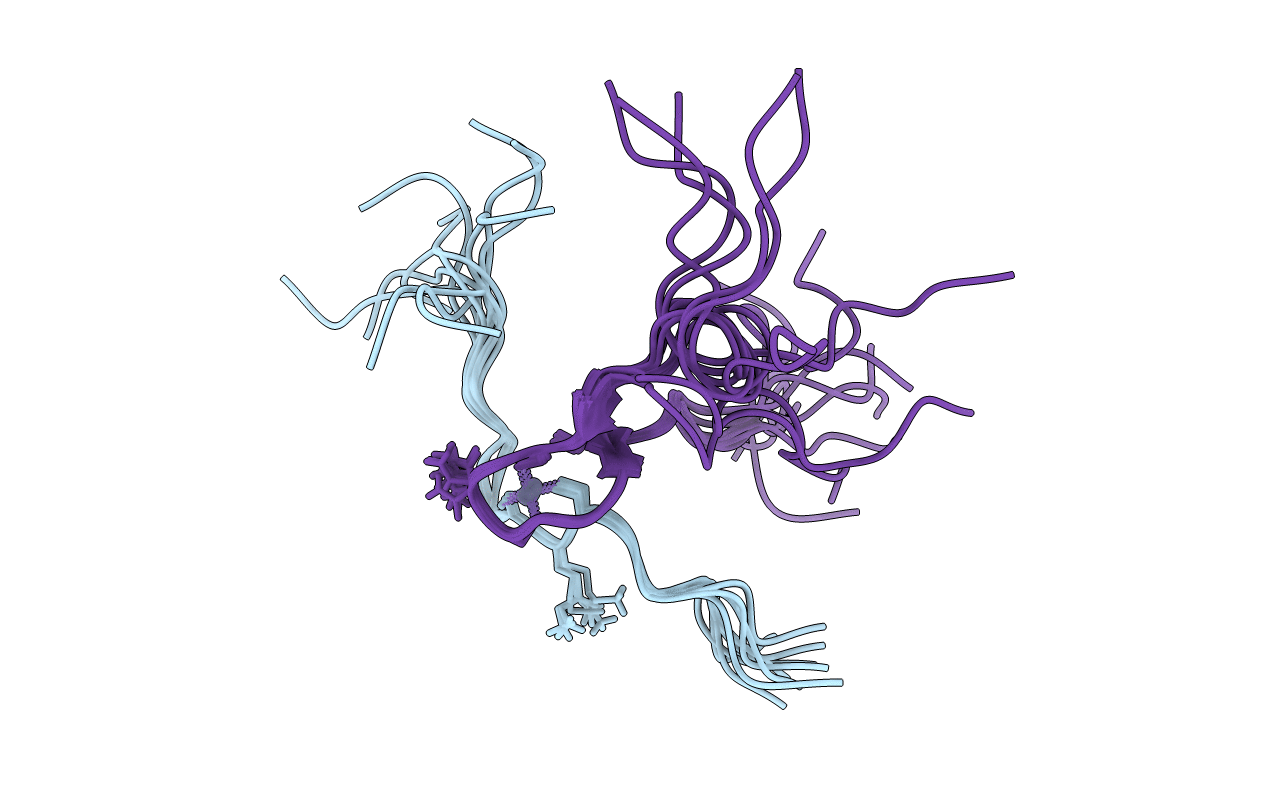
Deposition Date
2003-08-12
Release Date
2003-11-25
Last Version Date
2024-05-22
Entry Detail
PDB ID:
1Q69
Keywords:
Title:
Solution structure of T-cell surface glycoprotein CD8 alpha chain and Proto-oncogene tyrosine-protein kinase LCK fragments
Biological Source:
Source Organism:
Homo sapiens (Taxon ID: 9606)
Host Organism:
Method Details:
Experimental Method:
Conformers Calculated:
100
Conformers Submitted:
10
Selection Criteria:
The submitted conformer models are the 10 structures with the lowest energy.


